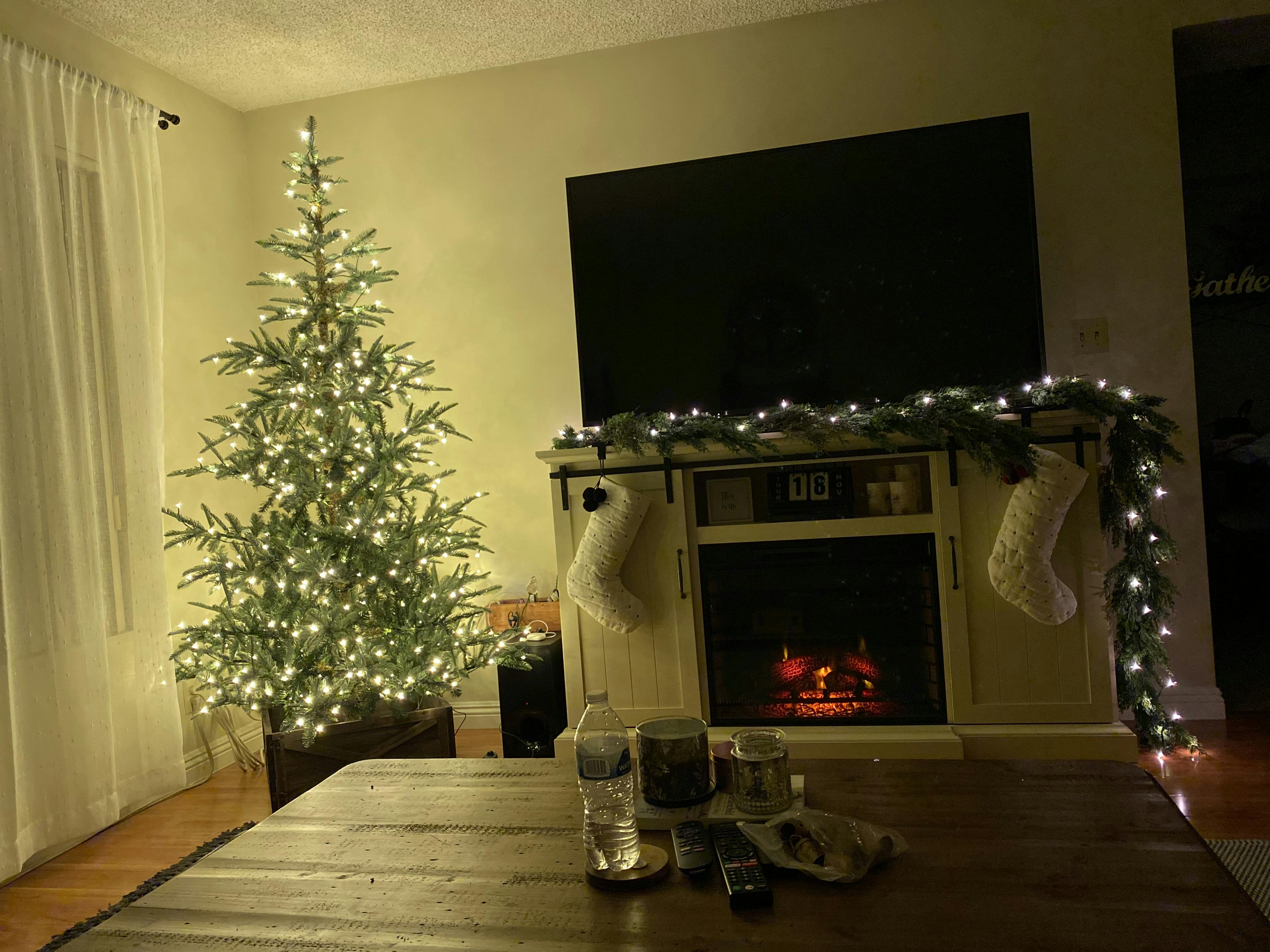Characteristics and Varieties

The “king of Christmas trees” is a majestic conifer renowned for its exceptional aesthetic qualities and enduring popularity. This esteemed tree boasts a symmetrical, conical shape, dense foliage, and vibrant hues that create a captivating spectacle during the festive season.
The king of Christmas trees, with its majestic silhouette and vibrant hues, takes center stage in the realm of winter decor. As the season’s chill descends, these regal evergreens transform our homes into enchanting winter wonderlands. Their twinkling lights and shimmering ornaments evoke a sense of warmth and nostalgia, inviting us to embrace the magic of the holidays.
Amidst the festive tapestry of winter decor , the king of Christmas trees stands tall, a symbol of joy and celebration.
Within the realm of Christmas trees, a diverse array of varieties exists, each possessing unique characteristics that cater to specific preferences and aesthetic sensibilities. Among the most celebrated varieties are the following:
Noble Fir
- Distinguished by its silvery-blue foliage and graceful, upswept branches.
- Exudes a delightful fragrance that permeates the air with a refreshing aroma.
- Noted for its exceptional needle retention, ensuring a pristine appearance throughout the holiday season.
Douglas Fir
- Recognized for its rich, deep green foliage and sturdy branches.
- Produces large, showy cones that add a touch of rustic charm to the tree.
- Known for its strong fragrance, reminiscent of freshly cut pine.
Fraser Fir
- Boasts a dense, compact shape with evenly spaced branches.
- Features soft, dark green needles that create a plush and inviting appearance.
- Renowned for its excellent needle retention and pleasant fragrance.
Balsam Fir
- Characterized by its dark green foliage and distinctive, balsam-like fragrance.
- Possesses soft, flat needles that are arranged in a spiral pattern.
- Noted for its exceptional needle retention and ability to withstand drying.
White Fir
- Recognized for its striking silvery-blue foliage and graceful, weeping branches.
- Produces large, cylindrical cones that add a touch of elegance to the tree.
- Exudes a pleasant fragrance that evokes memories of winter forests.
Growth and Cultivation

To thrive, the “king of Christmas trees” requires specific growing conditions that mimic its natural habitat. This majestic tree prefers well-drained, slightly acidic soil with a pH between 5.0 and 6.0. Optimal growth occurs in full sun to partial shade, with protection from strong winds that can damage its delicate branches.
Successful cultivation of this tree requires attention to soil preparation, proper watering, and regular fertilization. Before planting, amend the soil with organic matter such as compost or peat moss to improve drainage and fertility. Water the tree deeply and regularly, especially during hot, dry periods. Fertilize annually with a balanced fertilizer formulated for acid-loving plants.
Challenges and Solutions
Growing the “king of Christmas trees” may present certain challenges. One common issue is needle browning, which can be caused by overwatering, underwatering, or nutrient deficiencies. To address this, ensure proper watering and fertilize regularly. Another challenge is pest infestations, such as aphids or spider mites. Treat these promptly with appropriate pesticides or insecticidal soap.
Additionally, this tree can be susceptible to root rot, especially in poorly drained soil. To prevent this, plant in well-drained soil and avoid overwatering. If root rot occurs, remove the affected roots and repot the tree in fresh soil.
Festive Symbolism and Cultural Significance: King Of Christmas Trees

The “king of Christmas trees” holds a deep cultural and historical significance, serving as a central figure in festive traditions and celebrations across various cultures.
Its role as a symbol of joy, hope, and renewal has evolved over time, reflecting the changing cultural and religious beliefs associated with the festive season.
Symbolism and Evolution, King of christmas trees
In ancient cultures, evergreen trees were revered for their resilience and ability to thrive during the cold winter months, symbolizing life, fertility, and the promise of spring’s return.
During the Middle Ages, the Christmas tree became associated with the birth of Jesus Christ, representing the “Tree of Life” and the hope of eternal life.
In modern times, the Christmas tree has become a secular symbol of the festive season, embodying the spirit of giving, joy, and family gatherings.
Amidst the festive cheer, the king of Christmas trees stands tall, its majestic presence illuminating the season. As we revel in the warmth of the holidays, let’s not forget the grandeur of the Raiders’ emblem, immortalized in raiders wallpaper.
Its iconic silver and black stripes evoke a spirit of adventure and unwavering determination, mirroring the very essence of the Christmas tree: a beacon of joy and resilience during the darkest of times.